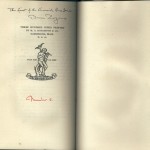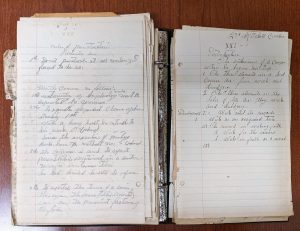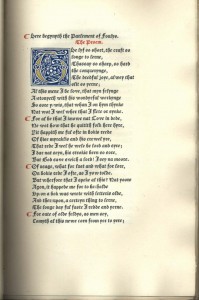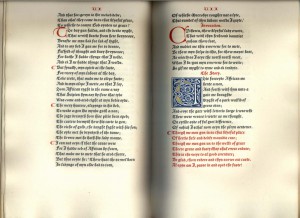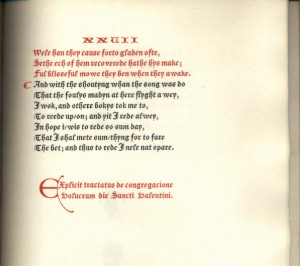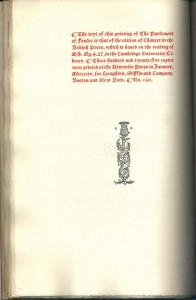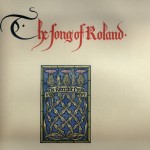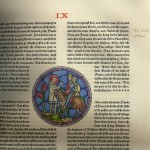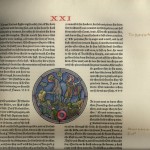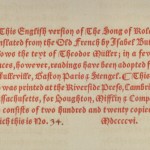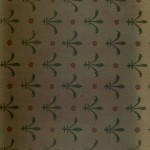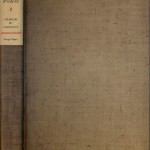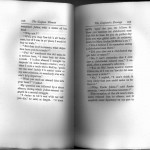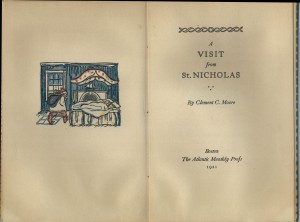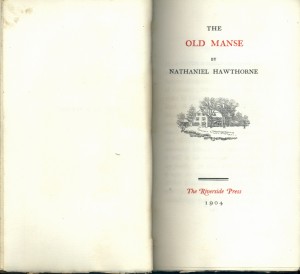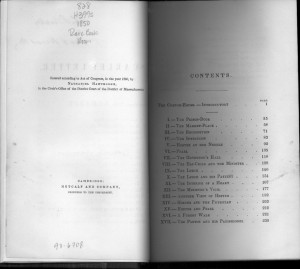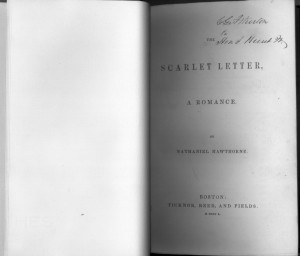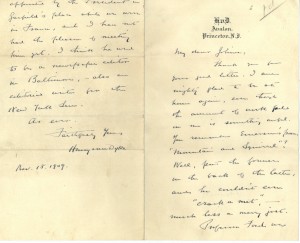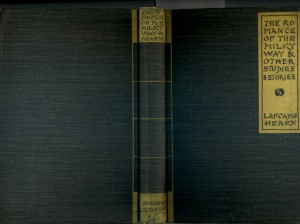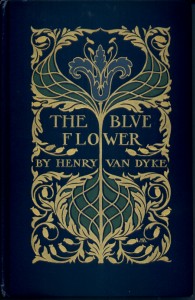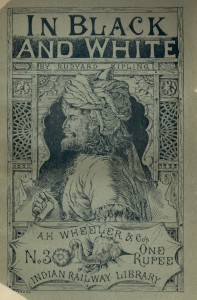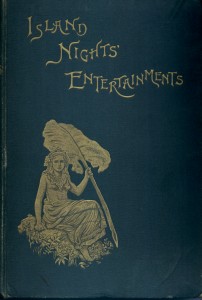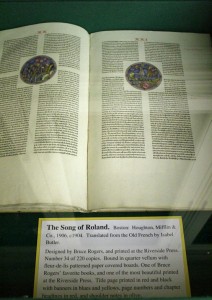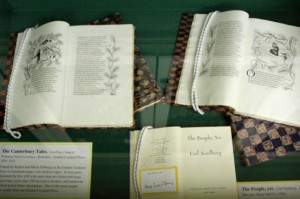I’m just back from a great week in Charlottesville, VA at Rare Book School. Founded in 1983 at Columbia University, it moved to UVA in 1992. Not just for librarians, Rare Book School offers week long classes at UVA during the months of June and July to those interested in all aspects of “rare books”…classes which are taught by experts in their fields. Initially dealing primarily with books and manuscripts, classes have expanded to include all areas of the history of written, printed, and digital materials. Students include librarians, dealers in antiquarian books, book collectors, conservators, teachers, and students (professional or avocational). Classes are small (usually about 12 students) so students really get to know each other and work closely together for the week. Entry is competitive, so I was excited to be accepted this year to “The History of 19th and 20th Century Typography and Printing.”
The course was taught by Katherine Ruffin, Book Arts Program Director at Wellesley College, and John Kristensen, owner of the Firefly Press in Boston. I was in class with students from Virginia, Maine, New York, Pennsylvania, Washington, D.C., Missouri, and Vancouver, BC, including librarians, students, professors, and a member of the RBS staff. We talked about the evolution of “books,” and “printing,” from clay tablets through letterpress printing to the electronic book, but concentrated on 19th and 20th century letterpress printing with handset foundry type, to monotype and linotype machine set type. We looked at examples of typefaces and printing styles of famous printers and presses from the collections of the Rare Book School and the Special Collections at UVA’s Small Library We were also able to set type ourselves (harder than it looked!) and print a joint class effort broadside to take home. On Friday, each class member made a presentation on a particular type face…one of personal interest.

First page of The Centaur
I chose Centaur type, designed by Bruce Rogers. I have a particular interest in his design since we have a large collection of materials of Bruce Rogers (numbering around 200), given to Davidson by a friend of the typographer, Dr. Harold Marvin, Davidson class of 1914.
Rare Book School is a great professional opportunity for learning, meeting colleagues in the field, and having a great deal of fun!




















